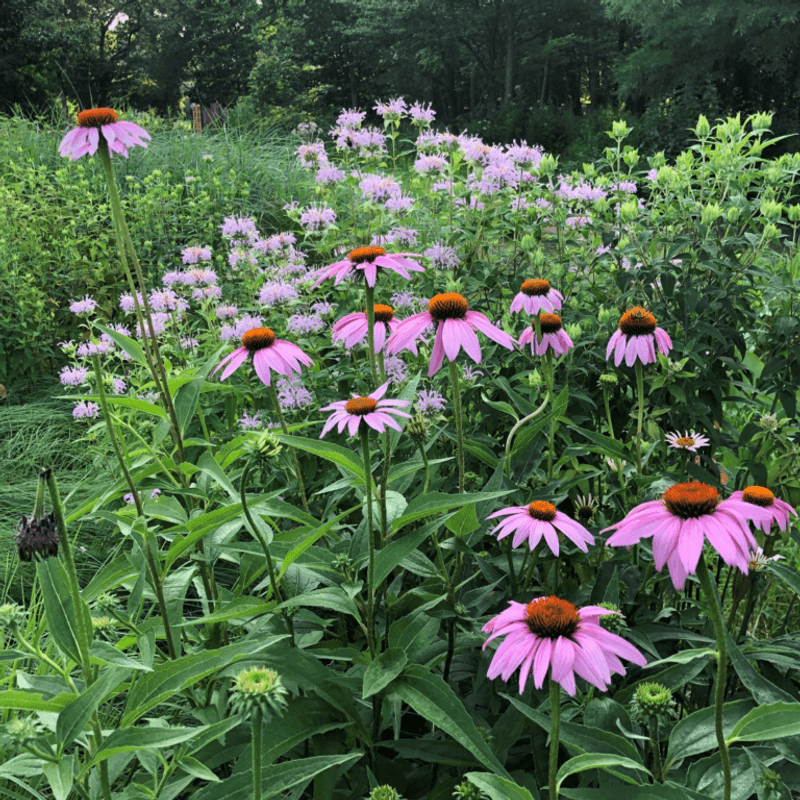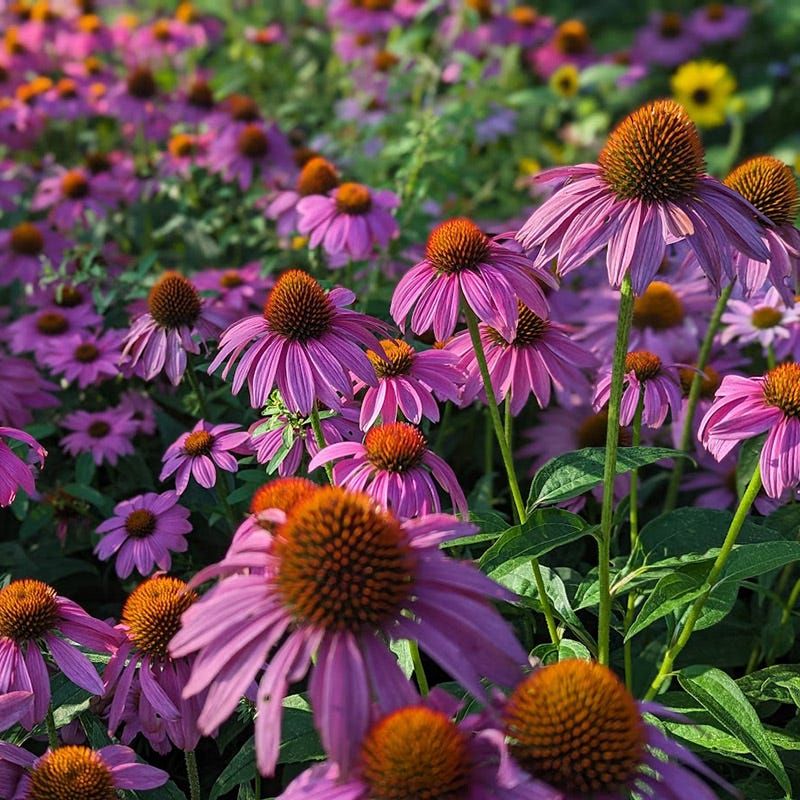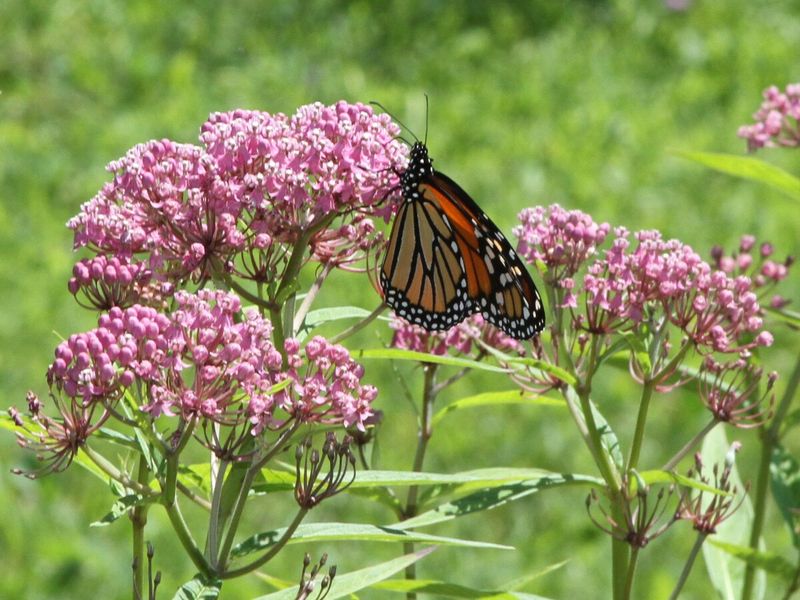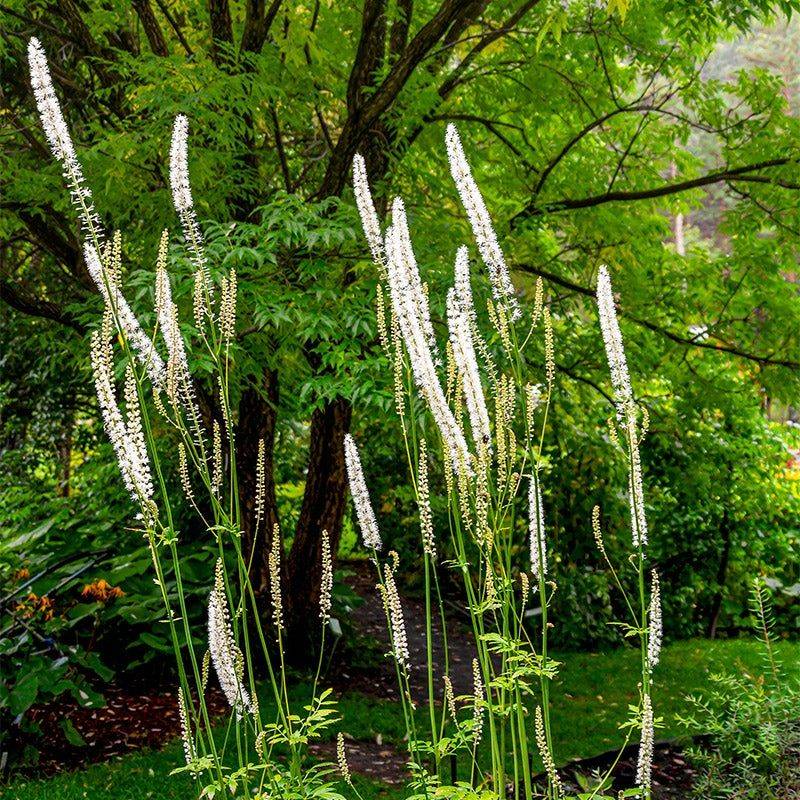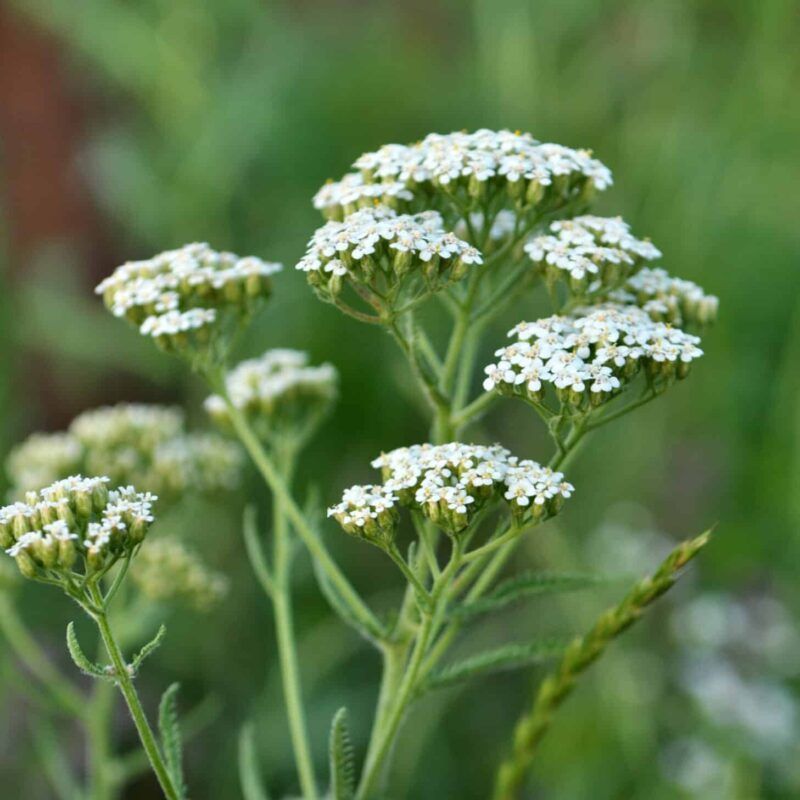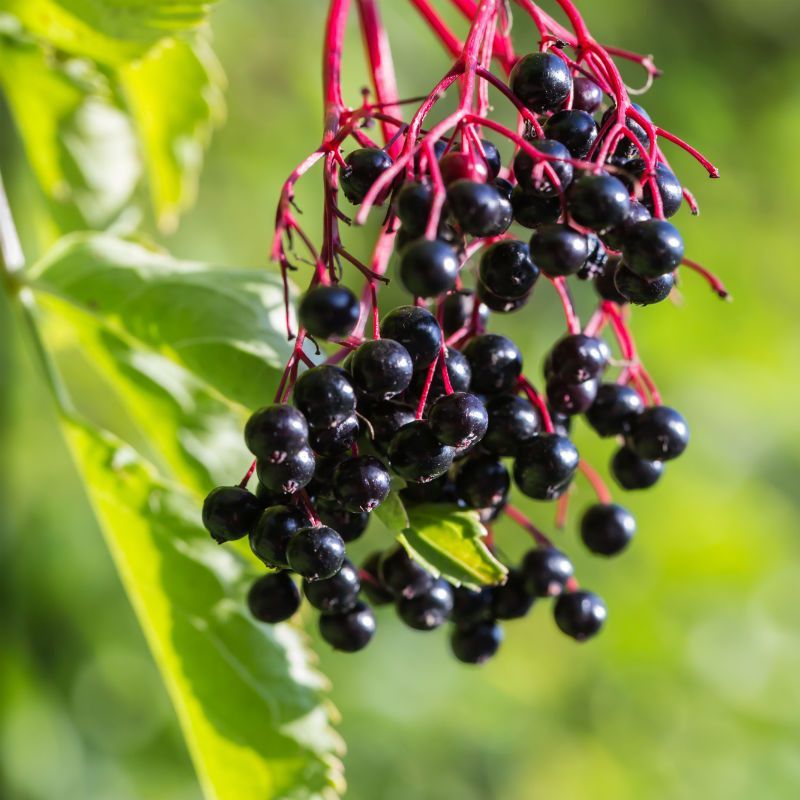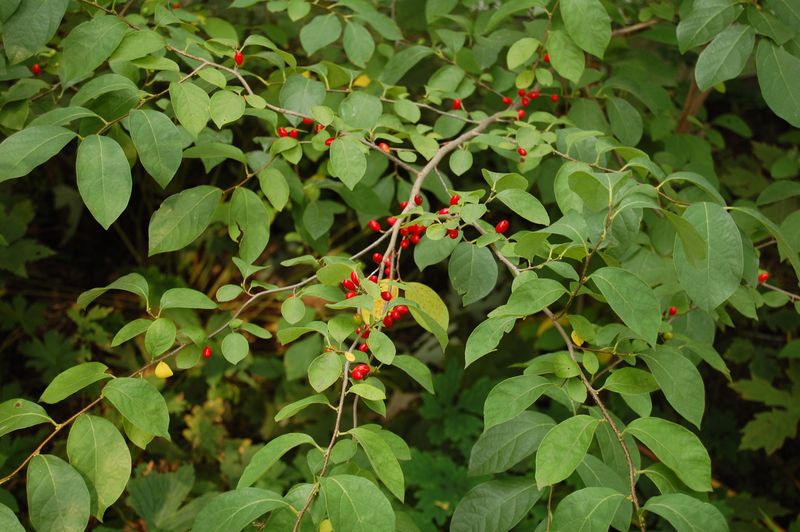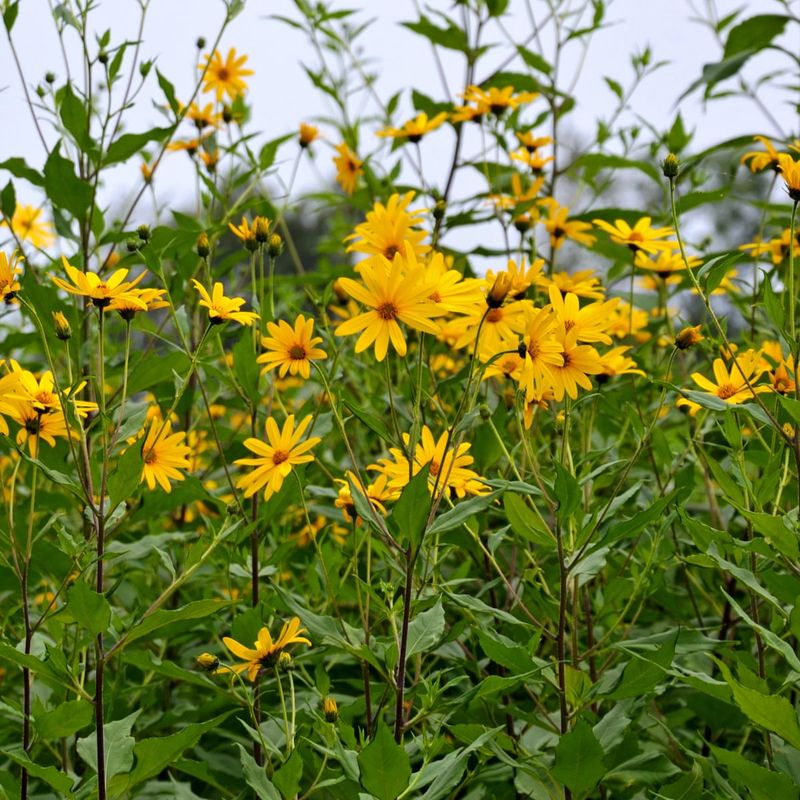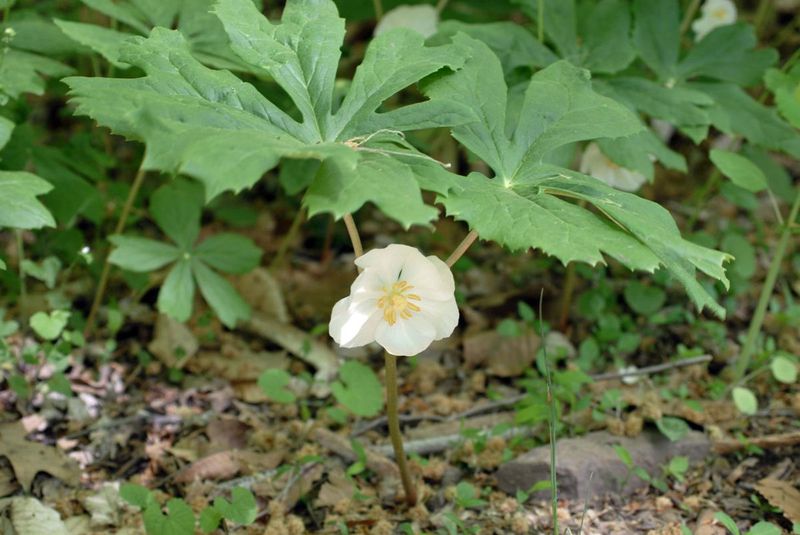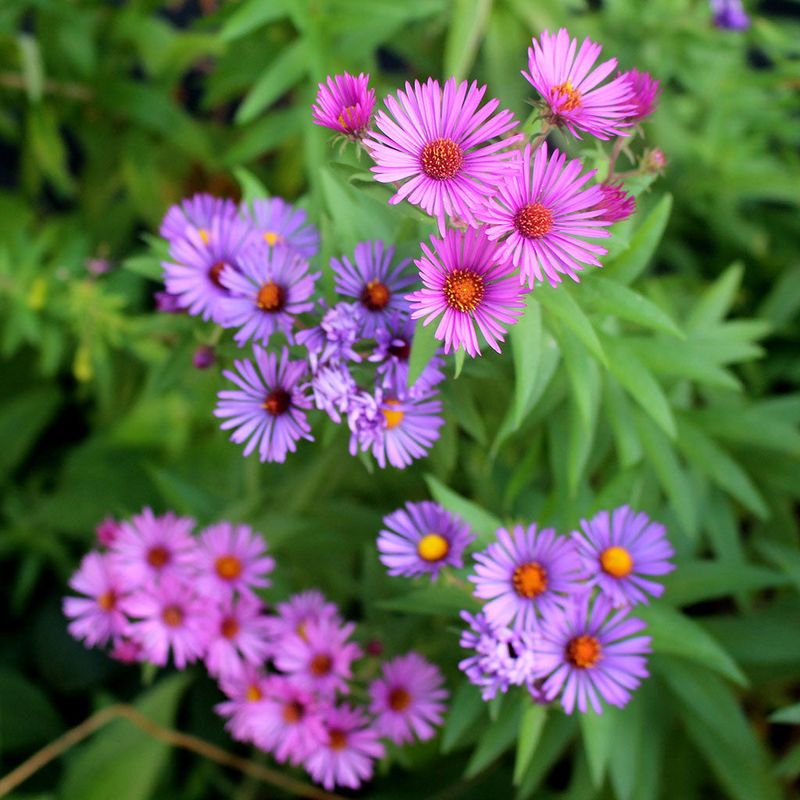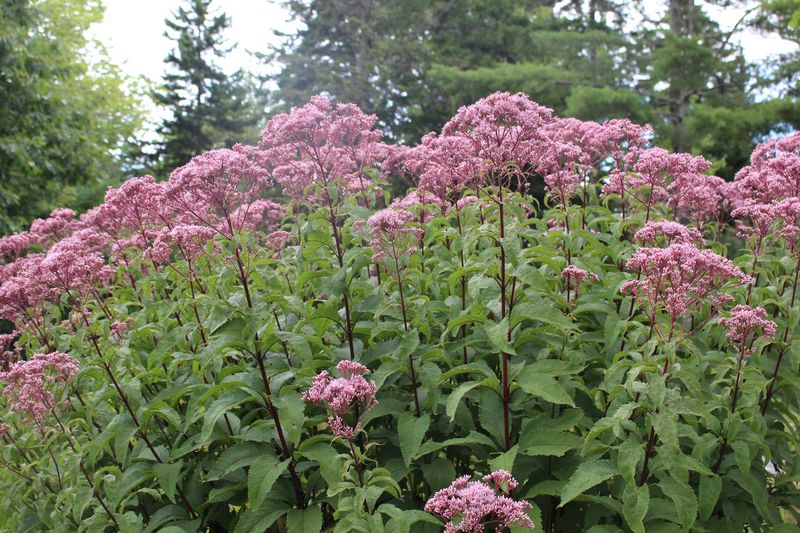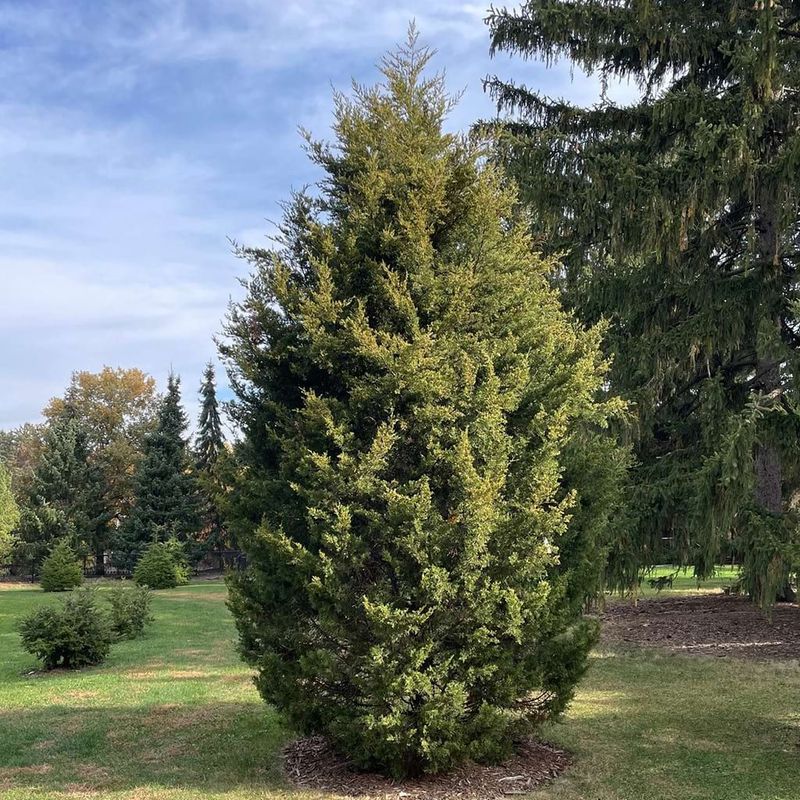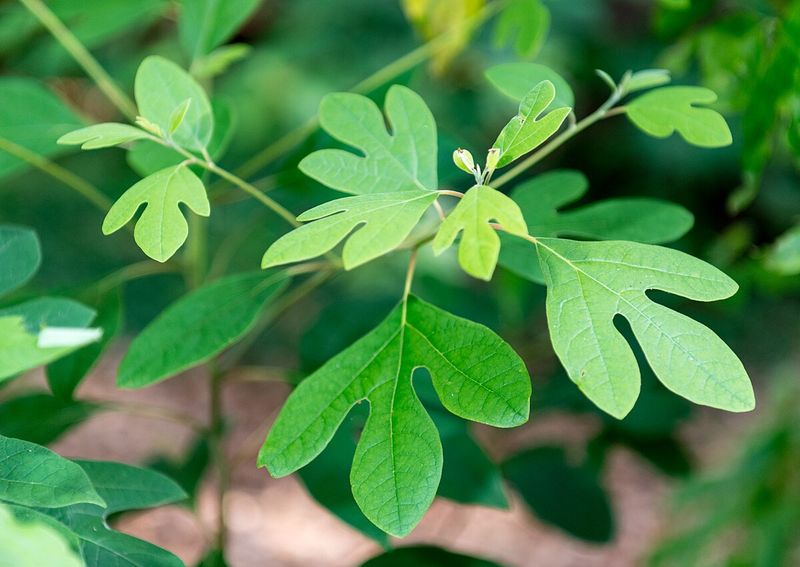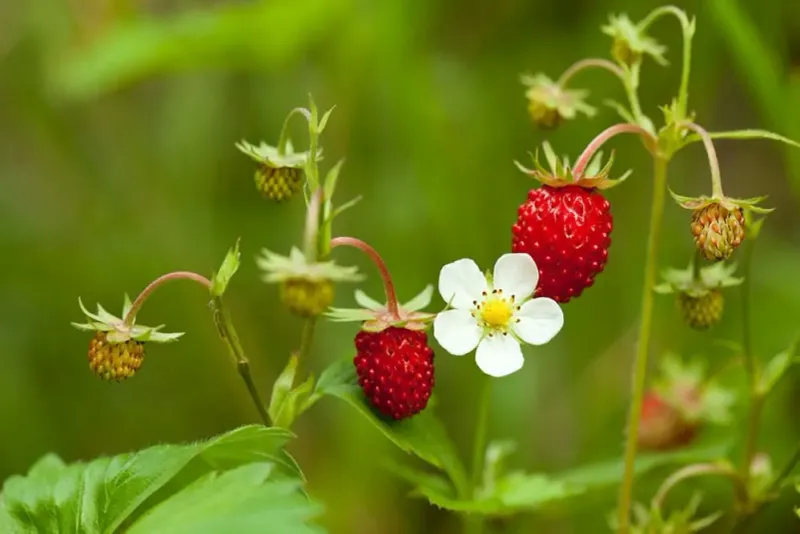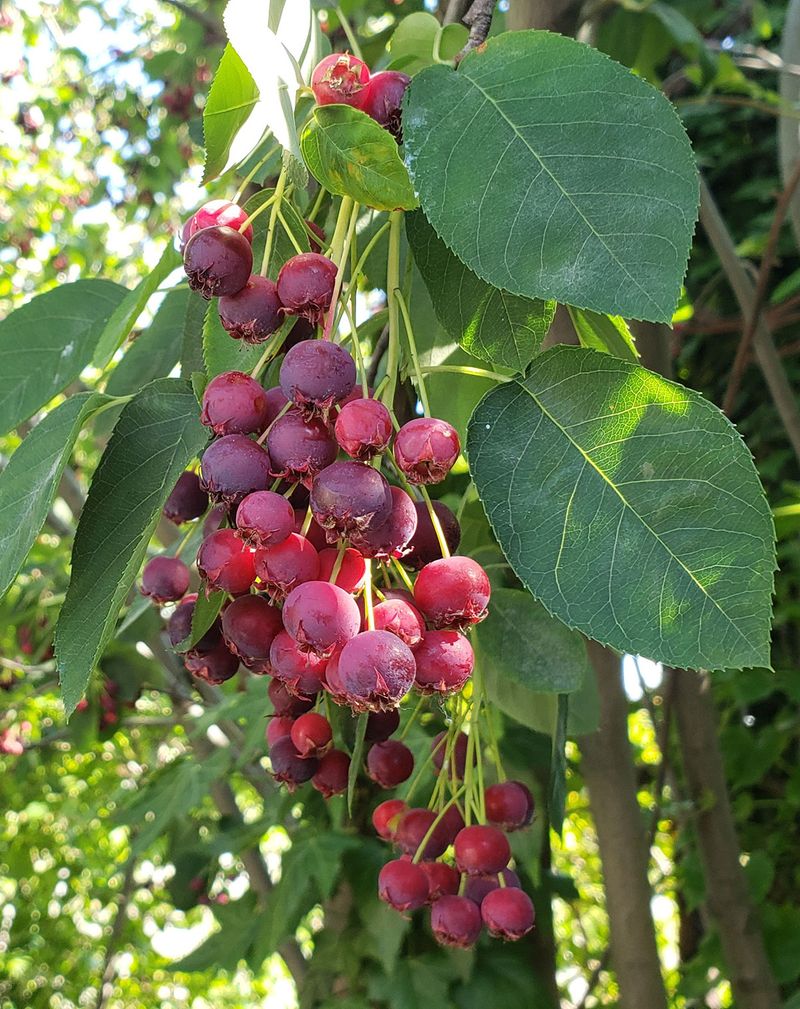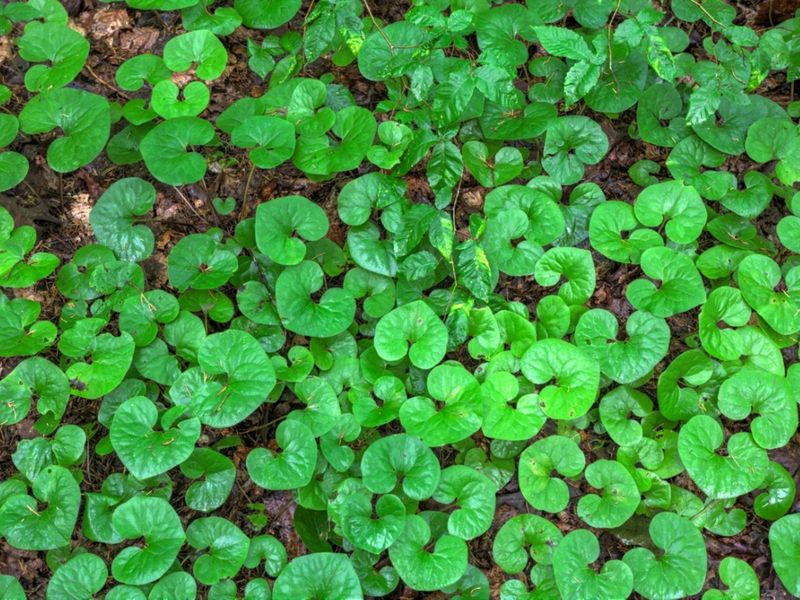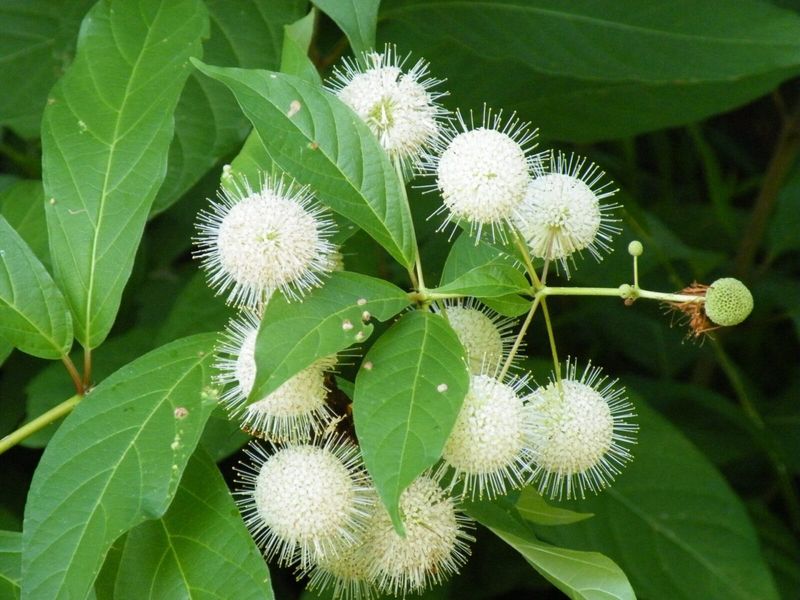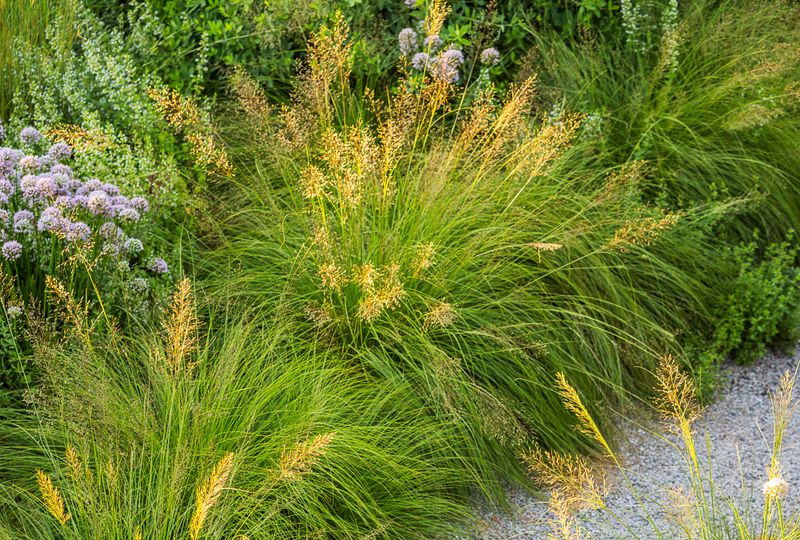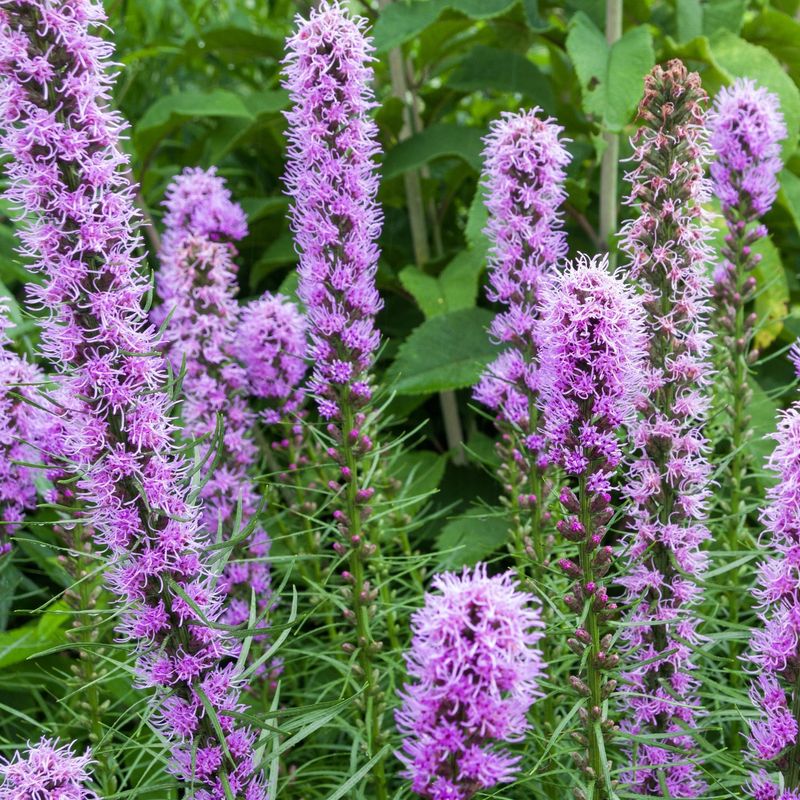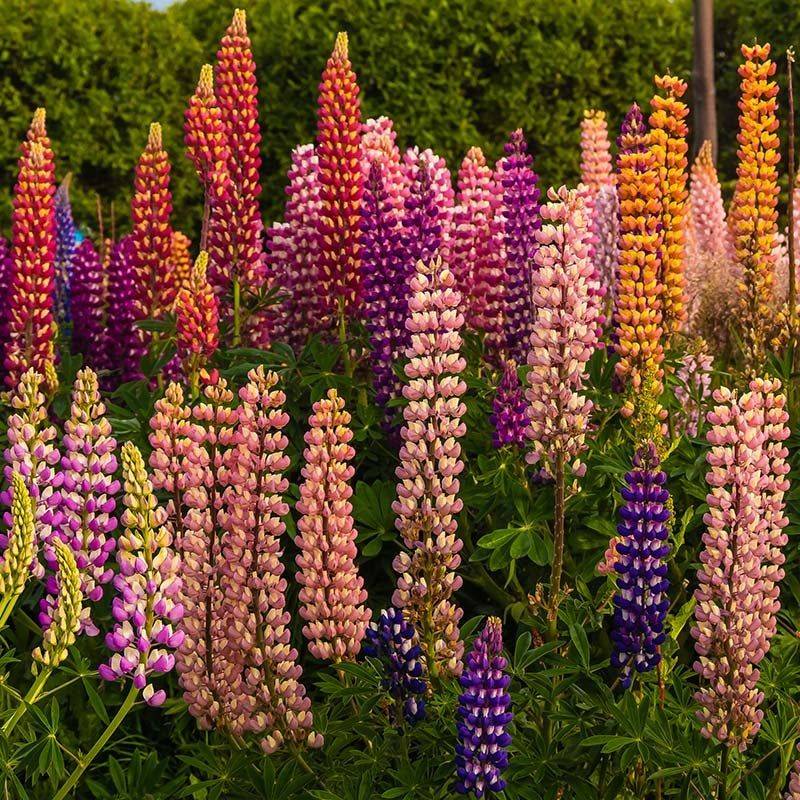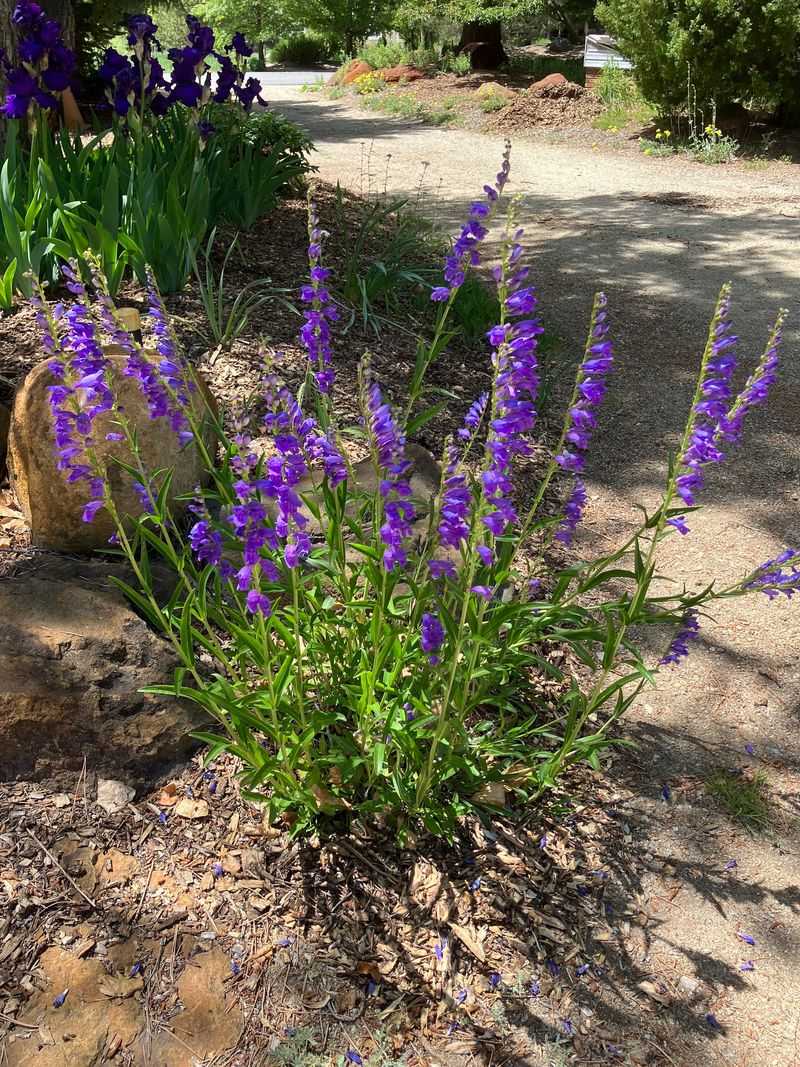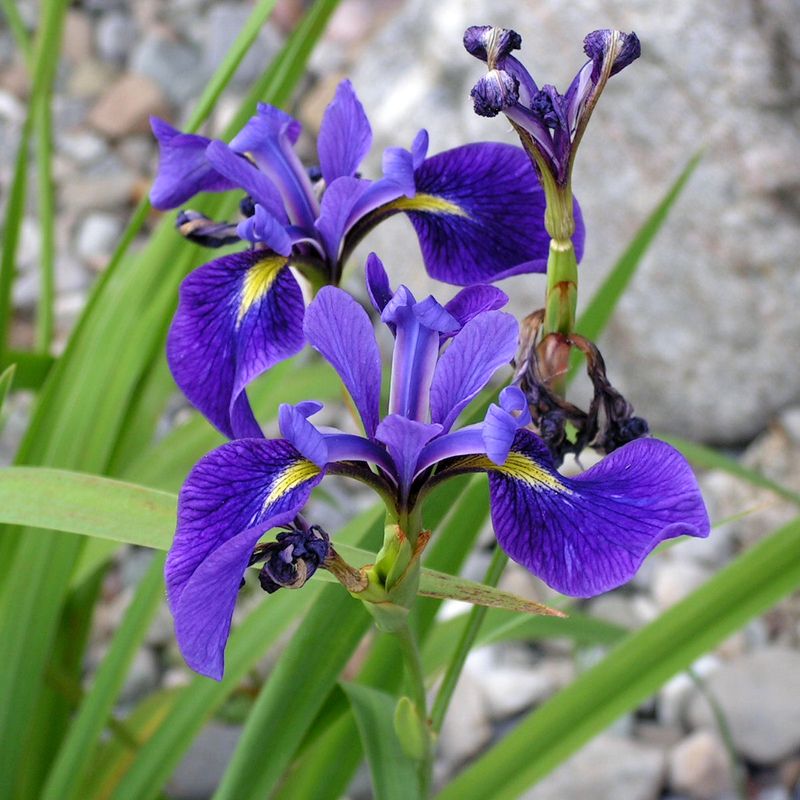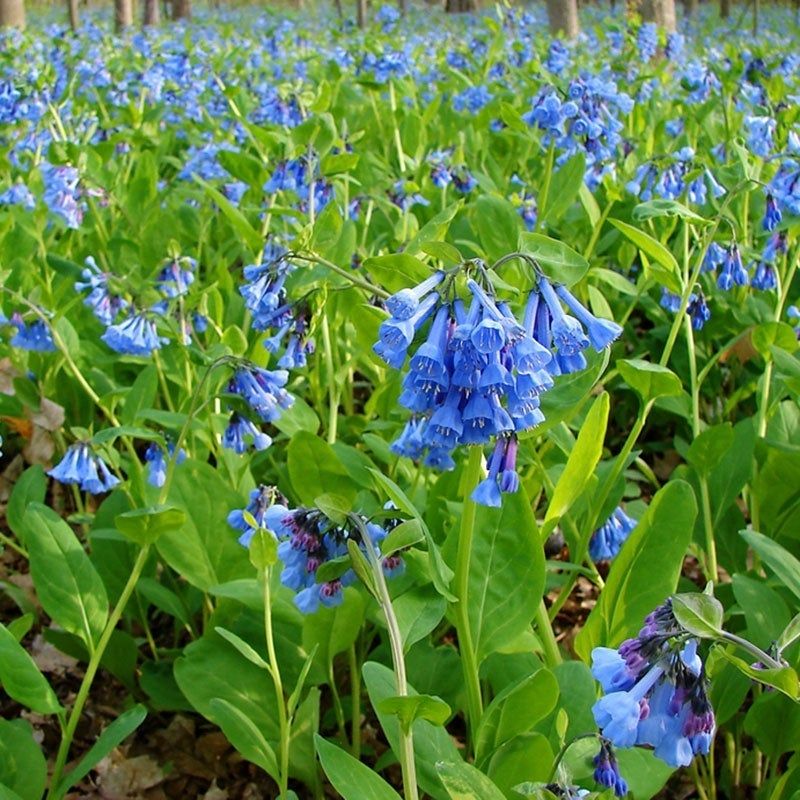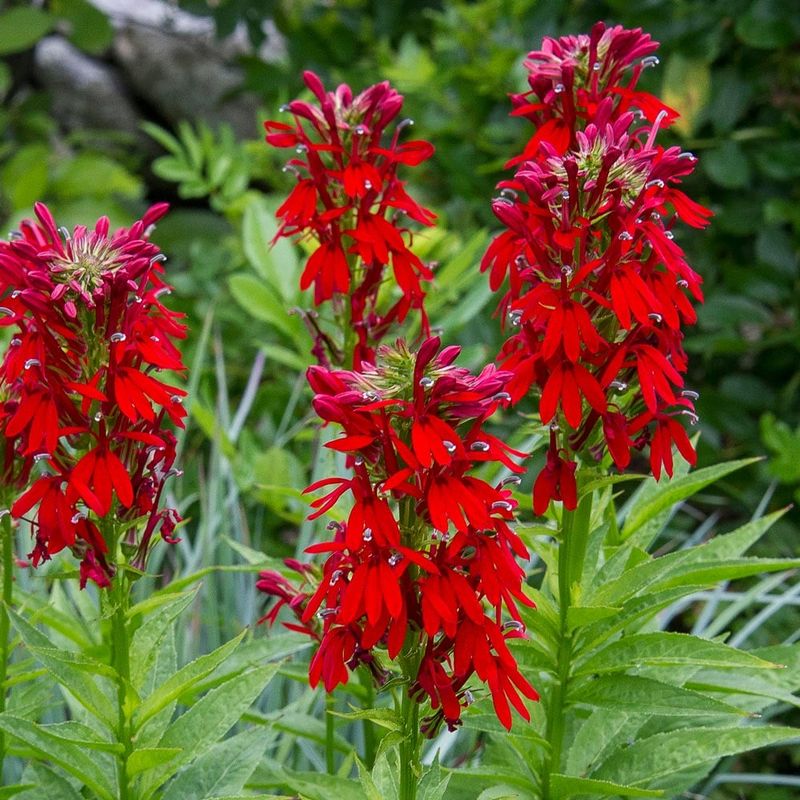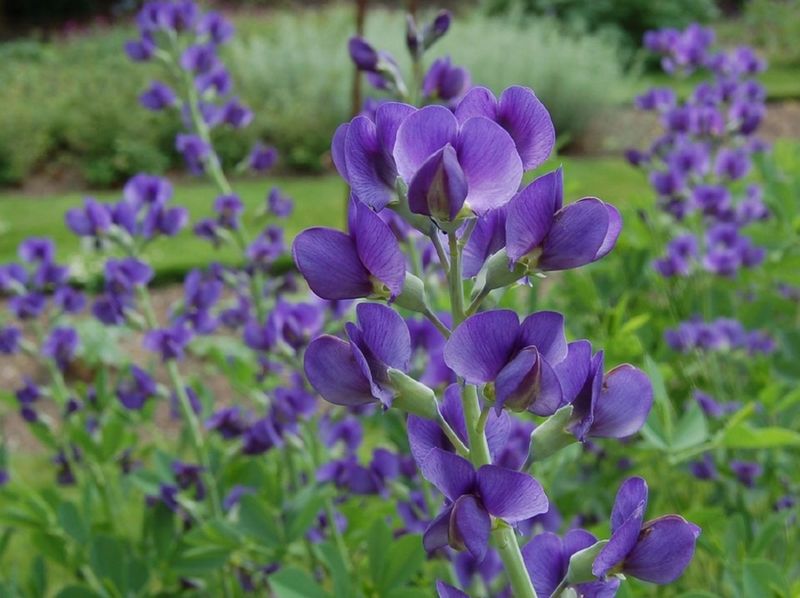Growing a survival garden is more than just a trend; it’s a step towards self-sufficiency and sustainability. In the United States, we are blessed with a rich variety of native plants that are perfect for such gardens.
These plants are not only adapted to thrive in their native environments, but they also offer a plethora of benefits ranging from medicinal properties to nutritional value.
Whether you’re a seasoned gardener or just starting out, incorporating these 35 native U.S. plants can help you create a robust, resilient, and productive survival garden.
1. American Ginseng
American Ginseng, with its prized roots, is a powerful native plant. Revered in traditional medicine, it’s celebrated for boosting energy and immune function. Plant it in shaded areas with rich, well-draining soil.
Imagine this plant thriving under a canopy of trees, silently working its magic beneath the earth. It’s not just a plant; it’s a silent healer, waiting to be discovered.
Did you know? American Ginseng was so valued in the 18th century that it became a major export to China! Its historical significance is as rich as its health benefits.
2. Echinacea
Echinacea, known for its striking purple flowers, is more than a garden beauty. This plant is a staple in herbal remedies, often used to combat colds and infections. Plant it in sunny spots with well-drained soil for best results.
The vibrant blooms attract pollinators, creating a lively scene in your garden. It’s like having a natural pharmacy right outside your door.
Beyond its beauty, Echinacea has a legacy rooted in Native American medicine, symbolizing healing and resilience. Imagine the stories these petals could share if they could speak!
3. Purple Coneflower
The Purple Coneflower is not only a visual delight but also a powerhouse in herbal medicine. Its tall, graceful stems and vibrant petals are a magnet for bees and butterflies.
Placed in well-drained soil with ample sunlight, this plant flourishes and adds a splash of color to any garden.
Beyond aesthetics, the Purple Coneflower is revered for its immune-boosting properties. It’s like a guardian of health, standing tall and proud. Did you know? Its roots were used by Native Americans for their medicinal qualities, making it a plant steeped in history.
4. Wild Bergamot
Wild Bergamot, with its aromatic leaves and vivid flowers, is a sensory delight. Known for its use in teas and remedies, it’s a plant that offers both flavor and health benefits.
Its lavender blooms sway gently in the breeze, a sight that soothes and refreshes.
Besides its culinary use, Wild Bergamot was traditionally used to treat colds and sore throats, making it a versatile addition to your garden. Its scent may whisk you away to fields of wildflowers, where nature’s pharmacy is always open.
5. Milkweed
Milkweed is famous for its vital role in the life cycle of Monarch butterflies. Its milky sap and vibrant clusters of flowers are as fascinating as they are functional.
Beyond supporting wildlife, Milkweed is easy to grow in sunny areas with well-drained soil, making it a gardener’s friend.
The plant’s significance goes beyond beauty; it’s a cornerstone in the ecosystem. Imagine being part of the Monarch’s incredible journey, from egg to butterfly, all supported by this humble plant.
6. Black Cohosh
Black Cohosh, with its towering presence, is a standout in any garden. Revered for its medicinal properties, it’s commonly used to alleviate menopausal symptoms.
Plant it in partial shade with moist soil, where its elegant white spikes can reach for the sky.
Beyond its physical beauty, Black Cohosh holds a place in herbal traditions, offering natural relief and comfort. It’s like having an ancient remedy at your fingertips, ready to share its wisdom and healing touch.
7. Bee Balm
Bee Balm, with its fiery red blooms, is a beacon for pollinators, ensuring a lively garden atmosphere. Known for its aromatic leaves, it’s often used in teas and culinary dishes.
Plant it in rich, well-drained soil and watch it become a hub of activity.
This plant isn’t just visually appealing; it’s a symbol of vitality and flavor. Its presence in the garden is like a party invitation to bees and butterflies, ensuring a busy and vibrant environment.
8. Yarrow
Yarrow, with its delicate white clusters, is a plant of resilience and healing. Known for its medicinal uses, it’s often employed to treat wounds and reduce inflammation.
Its feathery leaves and sturdy stems thrive in sunny areas, providing a soft contrast to other garden plants.
Imagine the stories this ancient plant could tell, having been used medicinally for centuries. It stands as a testament to nature’s enduring power to heal and protect.
9. Elderberry
Elderberry, with its dark berries and rich history, is a garden treasure. Celebrated for its immune-boosting properties, it’s often used in syrups and teas.
Plant it in well-drained, fertile soil to enjoy its seasonal bounty.
Picture yourself harvesting these nutrient-rich berries, a true gift from the garden. It’s not just a plant; it’s an ally in health, offering both beauty and nourishment.
10. Spicebush
Spicebush, with its spicy aroma and bright red berries, is a sensory delight. Its leaves and berries are often used in teas and culinary creations.
Thriving in moist, shaded areas, it’s a versatile plant that brings both flavor and beauty to the garden.
Imagine walking through a woodland path, the air filled with the spicy scent of Spicebush. It’s like nature’s own spice rack, ready to add a kick to your culinary adventures.
11. Jerusalem Artichoke
Jerusalem Artichoke, with its sunflower-like blooms, is both a feast for the eyes and the palate. Known for its edible tubers, it’s a nutritious addition to any garden.
Plant it in well-drained soil, where it can reach its full height and produce a bountiful harvest.
This plant is more than just a pretty face; it’s a source of sustenance and delight. Imagine digging up its tubers, a hidden treasure beneath the soil, waiting to be discovered and savored.
12. Mayapple
Mayapple, with its unique umbrella-like leaves, is a woodland wonder. Its single white flower and yellow fruit add to its charm and intrigue.
Thriving in shaded areas with rich soil, it’s a plant that surprises with its delicate beauty.
Beyond aesthetics, Mayapple has a history in traditional medicine, often used for its laxative properties. It’s like nature’s gentle nudge, offering relief and beauty in one package.
13. New England Aster
New England Aster, with its vibrant purple blooms, is a beacon for bees and butterflies. Its late-season flowers add color to the garden when most plants have faded.
Plant it in well-drained soil and enjoy the show of colors and activity.
This plant is more than just a splash of color; it’s a crucial part of the ecosystem, supporting pollinators before winter arrives. Imagine a garden alive with movement, thanks to this spirited plant.
14. Pawpaw
The Pawpaw tree, with its tropical allure, produces fruits that taste like a blend of banana and mango. Its large leaves and unique fruits make it a standout.
Growing in rich, well-drained soil, it offers both beauty and a delicious harvest.
Picture yourself biting into a ripe Pawpaw, its creamy texture and flavor a delightful surprise. It’s not just a tree; it’s a taste of the tropics right in your backyard.
15. Joe Pye Weed
Joe Pye Weed, with its tall stature and dusky pink blooms, is a magnet for pollinators. Often found in moist meadows, it’s a plant that commands attention.
Plant it in well-drained areas and watch it become a lively hub for butterflies.
This plant is more than just a garden filler; it’s a showstopper that brings life and color. Imagine a meadow alive with fluttering wings, all thanks to this towering beauty.
16. Eastern Red Cedar
Eastern Red Cedar, with its evergreen foliage, is a symbol of strength and resilience. Often used for its wood and aromatic oils, it’s a tree that offers both beauty and utility.
Plant it in well-drained soil and enjoy its year-round greenery and scent.
Beyond its practical uses, this tree is a constant presence, offering shelter and a touch of the wild. Imagine the stories this ancient tree could tell, standing through the seasons, steadfast and strong.
17. Sassafras
Sassafras, with its distinctive mitten-shaped leaves, is a tree that captures the imagination. Known for its aromatic roots and leaves, it’s often used to make teas and root beer.
Plant it in well-drained soil where it can bask in the sun and grow to its full glory.
This tree isn’t just aromatic; it’s a piece of history, with leaves that have inspired folklore and culinary creations. Imagine the scent of Sassafras wafting through the air, a whisper of nostalgia and tradition.
18. Wild Strawberry
Wild Strawberry, with its tiny red berries, is a sweet delight for both the eyes and the palate. Its low, spreading habit makes it a perfect ground cover.
Plant it in sunny areas with rich soil and enjoy its sweet, nutritious fruits.
This plant is not just a culinary treat; it’s a burst of joy, offering little treasures hidden beneath its leaves. Imagine the thrill of finding a ripe berry, ready to be savored, a gift from the earth.
19. Serviceberry
Serviceberry, with its delicate white flowers and sweet berries, is a sight to behold. Often used in jams and desserts, its fruits are a gardener’s delight.
Plant it in well-drained soil and watch it transform with the seasons, offering beauty and bounty.
This tree is more than ornamental; it’s a source of sustenance and joy. Imagine the taste of fresh berries, a taste of summer captured in each bite, all from your garden.
20. Goldenrod
Goldenrod, with its golden plumes, is often associated with fall meadows. Its bright flowers are a beacon for pollinators and a symbol of resilience.
Plant it in sunny areas and enjoy its late-blooming beauty and ecological benefits.
This plant is not just a pretty face; it’s a vital part of the ecosystem, supporting pollinators as they prepare for the colder months. Imagine a field awash with golden hues, a celebration of nature’s bounty.
21. Wild Ginger
Wild Ginger, with its heart-shaped leaves and hidden flowers, is a woodland gem. Known for its aromatic rhizomes, it’s often used in cooking and herbal remedies.
Plant it in shady, moist areas where it can thrive quietly and add subtle beauty.
This plant is more than meets the eye; it’s a fragrant surprise, offering both culinary and medicinal benefits. Imagine the aroma of ginger wafting through a forest path, a scent of comfort and warmth.
22. Buttonbush
Buttonbush, with its unique spherical flowers, is a conversation starter. Its blooms attract a variety of pollinators, creating a lively garden scene.
Plant it in moist, sunny areas and watch it become a hub of activity and beauty.
This plant is more than just ornamental; it’s a vital part of wetland ecosystems. Imagine a garden alive with the buzz of bees, all thanks to this intriguing plant.
23. Prairie Dropseed
Prairie Dropseed, with its fine-textured foliage and airy flower plumes, adds grace to any garden. Known for its drought tolerance, it’s a resilient choice for sunny areas.
Plant it in dry, well-drained soil and enjoy its gentle movement and subtle beauty.
This plant is more than just decorative; it’s a survivor, thriving where others may not. Imagine a prairie landscape, waves of grass swaying in the wind, a dance of endurance and elegance.
24. Sunflower
Sunflowers, with their sunny disposition and towering heights, are a symbol of summer. Known for their edible seeds, they’re both a visual and nutritional delight.
Plant them in sunny, well-drained soil and watch them reach for the sky, bringing joy and bounty.
These plants are not just cheerful; they’re a source of sustenance and sunshine. Imagine a field of golden faces, turning towards the sun, a testament to resilience and growth.
25. Columbine
Columbine, with its distinct spurred petals, is a garden favorite. Its colorful blooms are a magnet for hummingbirds, adding a touch of whimsy to any space.
Plant it in well-drained soil and enjoy its playful presence and vibrant hues.
This plant is more than just charming; it’s a symbol of joy and lightness. Imagine a garden alive with color and movement, all thanks to this delightful flower.
26. Blazing Star
Blazing Star, with its tall spikes of vibrant purple flowers, is a standout in any garden. Known for attracting butterflies, it’s a plant that adds both beauty and life.
Plant it in sunny, well-drained soil and enjoy its striking presence and ecological benefits.
This plant is more than just an eye-catcher; it’s a crucial part of a lively garden, supporting pollinators and adding drama. Imagine a garden alive with fluttering wings, thanks to this fiery star.
27. Lupine
Lupine, with its tall spires of blue and purple flowers, is a visual delight. Known for its nitrogen-fixing abilities, it’s a plant that improves soil health while adding beauty.
Plant it in well-drained soil and enjoy its vibrant colors and ecological benefits.
This plant is more than just pretty; it’s a soil enhancer, offering a burst of color and life. Imagine a meadow awash with hues of blue and purple, a testament to beauty and function.
28. Switchgrass
Switchgrass, with its towering foliage and feathery plumes, is a symbol of the prairies. Known for its adaptability and soil conservation benefits, it’s a plant that stands the test of time.
Plant it in sunny areas and enjoy its year-round beauty and environmental contributions.
This plant is more than just a grass; it’s a reminder of the wild prairies, offering strength and elegance. Imagine a landscape swaying with the wind, a dance of resilience and grace.
29. Penstemon
Penstemon, with its trumpet-shaped blooms, is a garden joy. Known for attracting hummingbirds, it’s a plant that adds both beauty and excitement.
Plant it in well-drained soil where it can thrive and add color to your garden.
This plant is more than just decorative; it’s a lively addition that brings movement and wonder. Imagine a garden alive with buzzing activity, thanks to this lively bloom.
30. Blue Flag Iris
Blue Flag Iris, with its striking blue-purple blooms, is a wetland treasure. Known for its vibrant flowers and water purification benefits, it’s a plant that offers beauty and function.
Plant it in moist areas and enjoy its elegant presence and ecological contributions.
This plant is more than just a pretty face; it’s a vital part of wetland health and a joy to behold. Imagine a waterscape adorned with vibrant colors, a testament to nature’s artistry.
31. Virginia Bluebells
Virginia Bluebells, with their bell-shaped blooms, are a woodland enchantment. Known for their early spring flowers, they bring life to shaded areas.
Plant them in rich, moist soil and enjoy their fleeting beauty and early color.
This plant is more than just a seasonal delight; it’s a harbinger of spring, offering a burst of color after a long winter. Imagine a woodland carpeted in blue, a promise of warmer days to come.
32. Cardinal Flower
Cardinal Flower, with its brilliant red spikes, is a standout in any garden. Known for attracting hummingbirds, it’s a plant that adds both color and life.
Plant it in moist, partly shaded areas and enjoy its striking presence and wildlife benefits.
This plant is more than just a splash of color; it’s a vibrant invitation to wildlife, ensuring a lively and dynamic garden. Imagine a space alive with flashes of red and flitting birds, a testament to nature’s vitality.
33. Wild Indigo
Wild Indigo, with its clustered blue flowers, is a prairie gem. Known for its dye-making properties, it’s a plant that combines beauty and utility.
Plant it in well-drained soil and enjoy its rich colors and structural beauty.
This plant is more than just decorative; it’s a nod to tradition and artistry. Imagine the vibrant hues of natural dyes, a connection to the past and a celebration of creativity.


